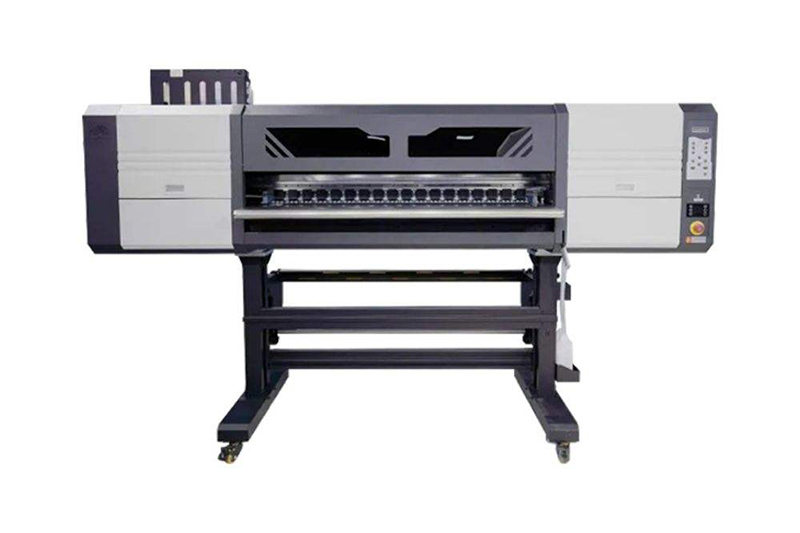The world of garment decoration is experiencing a revolution, and at the forefront is Direct-to-Film (DTF) printing. Offering unparalleled versatility and vibrant color reproduction, DTF printing has become a game-changer for businesses and individuals alike. Leading the charge in this exciting field is Kenteer, a company renowned for its innovative printing solutions. Their latest offering, the KTM-A50 8-head DTF printer, is a testament to their commitment to providing cutting-edge technology that delivers exceptional results.

This comprehensive guide will delve into the intricacies of the KTM-A50 DTF printer, equipping you with the knowledge and techniques to unlock its full potential.
Mastering the Art of DTF Printing with the KTM-A50
While the KTM-A50 boasts user-friendly operation, understanding the nuances of DTF printing will elevate your results from good to extraordinary.
1. Pre-Printing Preparation:
Design Optimization: Prepare your designs in a design software like Adobe Illustrator or CorelDRAW, ensuring they are set to the correct dimensions and color mode (CMYK).
Material Selection: Choose the appropriate DTF film or PET film based on your project requirements and desired finish.
Printer Setup: Familiarize yourself with the printer's control panel and software interface. Calibrate the printheads and perform test prints to ensure optimal color accuracy and alignment.
2. Printing Process:
Profile Selection: Select the correct print profile in your RIP software based on the chosen material and desired print quality.
Printing Parameters: Adjust printing parameters such as ink limit, printing pass, and drying temperature based on the complexity of your design and material characteristics.
Monitoring and Maintenance: Regularly monitor ink levels, printhead status, and overall printer performance. Perform routine cleaning cycles to prevent nozzle clogging and ensure consistent output quality.
3. Post-Printing Essentials:
Powder Application: Evenly apply the DTF powder to the printed design while the ink is still wet. The powder will adhere to the ink, creating a durable transfer layer.
Curing Process: Cure the powder using a heat press or curing oven, following the recommended time and temperature settings for your specific materials.
Transfer Application: Once cured, carefully align and position the DTF transfer onto your garment or substrate. Apply heat and pressure using a heat press to bond the transfer permanently.
4. Troubleshooting and Maintenance:
Printhead Clogging: Regularly perform printhead cleaning cycles to prevent and address nozzle clogging.
Color Inconsistencies: Calibrate your printer and ensure you are using the correct color profiles for your chosen materials.
Adhesion Issues: Ensure proper curing time and temperature, and use a heat press with even pressure distribution.
Unlocking the Potential: Applications of the KTM-A50 DTF Printer
The KTM-A50 DTF printer empowers you to explore a vast array of creative applications, including:
Custom Apparel: Personalize t-shirts, hoodies, caps, and other apparel with vibrant, full-color designs.
Promotional Products: Create eye-catching promotional items like tote bags, phone cases, and keychains.
Home Decor: Design personalized cushions, canvas prints, and other home decor items.
Signage and Banners: Produce durable, weather-resistant signage and banners with vibrant colors that demand attention.
The KTM-A50 8-head DTF Printer is a game-changer in the realm of digital garment decoration. Its advanced features, combined with the right knowledge and techniques, empower you to unleash unlimited creative possibilities and achieve professional-quality results. By mastering the fundamentals of DTF printing and leveraging the power of the KTM-A50, you can confidently embark on a journey of entrepreneurial success or artistic exploration.
